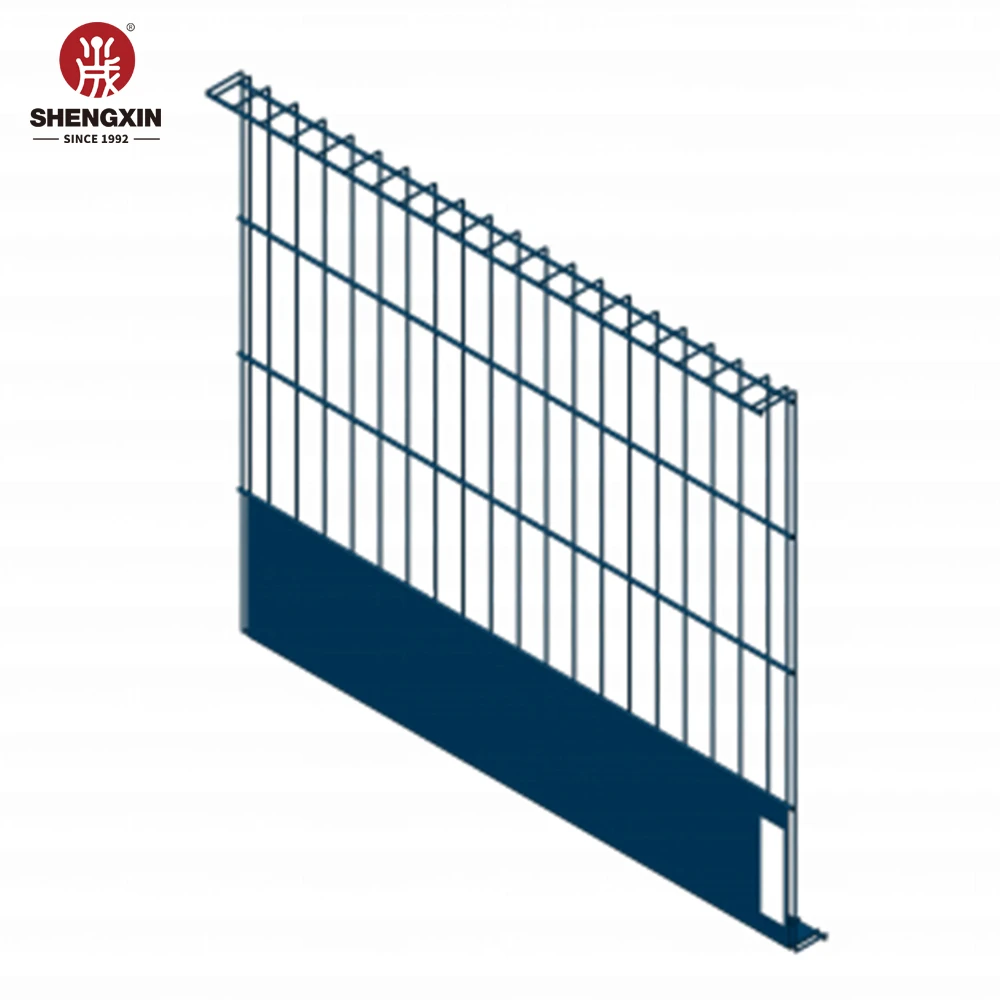
Dec . 16, 2024 14:37 Back to list
anti climb fence price
Understanding the Cost of Anti-Climb Fences
Anti-climb fences have become increasingly popular for both residential and commercial properties. These fences are designed to deter unauthorized access and provide a higher level of security. However, one of the primary considerations for potential buyers is the cost associated with these specialized barriers. This article delves into the factors influencing the price of anti-climb fences and what you can expect in terms of investment.
Types of Anti-Climb Fences
The first factor affecting the price of anti-climb fences is the type of material used. Common materials include metal, vinyl, and wood, with metal being the most popular due to its durability and effectiveness in security applications. Chain link fences can be made anti-climb by adding barbed wire or utilizing a higher gauge of wire, whereas welded wire fences offer a sturdier option for increased security. On the other hand, decorative metal fences may also include spikes or pointed tops to enhance their anti-climb capabilities, but they usually come at a premium price.
Height and Design
The height of the fence is another crucial aspect influencing the price. The higher the fence, the more expensive it tends to be, primarily due to the increased amount of materials required and the need for more robust installation techniques. Standard heights for anti-climb fences typically range from 6 to 10 feet, but custom designs can exceed these dimensions. Additional design features, such as ornamental tops or integrated security features like motion sensors, also contribute to the overall cost.
Installation Costs
anti climb fence price

Installation is often a significant part of the total cost of anti-climb fences. While some homeowners may choose to DIY, professional installation is recommended, especially for taller and more complex designs. Professional installers have the necessary tools and expertise to ensure that the fence is securely anchored and meets local regulations. Installation costs can vary widely based on location, the complexity of the job, and labor rates, but it typically ranges from $10 to $30 per linear foot.
Additional Features
Many consumers opt for additional security features such as barbed wire, razor wire, or electric fencing to augment the effectiveness of their anti-climb barriers. These features can significantly increase the overall price of the fence. Security cameras and lighting fixtures can also be added to enhance monitoring capabilities. Each of these additional features can add $5 to $15 per linear foot to the total cost.
Long-Term Investment
When analyzing the price of anti-climb fences, it’s essential to consider them as a long-term investment. While the initial outlay might be higher than traditional fencing options, the enhanced security they provide can result in reduced risks and liabilities over time. Properties with adequate security measures tend to deter potential burglars and vandals, decreasing the likelihood of theft, damage, or injury.
Conclusion
In conclusion, the price of anti-climb fences can vary significantly depending on factors such as material, height, design, and additional features. Generally, potential buyers can expect to invest anywhere from $15 to $50 per linear foot, with installation costs added on top. By understanding these elements and considering the long-term benefits, property owners can make an informed decision that best fits their security needs and budget. Investing in an anti-climb fence is not just about immediate costs; it’s about safeguarding your property for years to come.
-
Powder Coated Double Wire Mesh Fence for Germany Market - Anping County Shengxin Metal Products Co., Ltd.
NewsJul.21,2025
-
Powder Coated Double Wire Mesh Fence - Anping County Shengxin Metal Products Co., Ltd | Durable, Eco-Friendly
NewsJul.21,2025
-
Powder Coated Double Wire Mesh Fence-Germany Market|Corrosion Resistance&Customizable Fencing
NewsJul.21,2025
-
Powder Coated Double Wire Mesh Fence - Anping County Shengxin Metal Products Co., Ltd | Durable, Aesthetic, Eco-friendly
NewsJul.21,2025
-
Powder Coated Double Wire Mesh Fence for Germany Market-Anping County Shengxin Metal Products Co., Ltd|Durable,Eco-Friendly
NewsJul.21,2025
-
Durable and Aesthetic Home Garden Steel Picket Fence Panels - Galvanized and Powder Coated|Anping County Shengxin Metal Products Co., Ltd
NewsJul.21,2025
